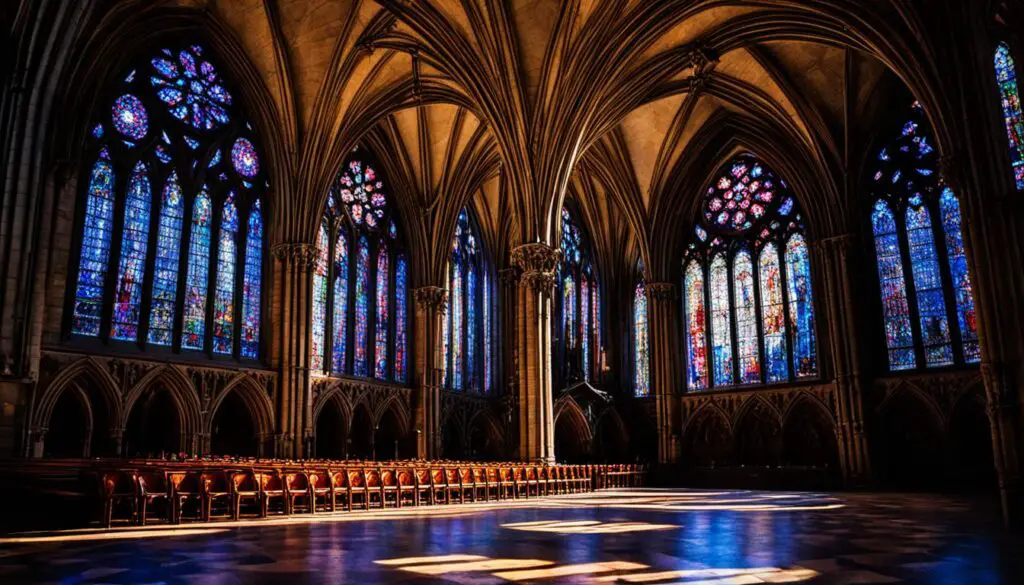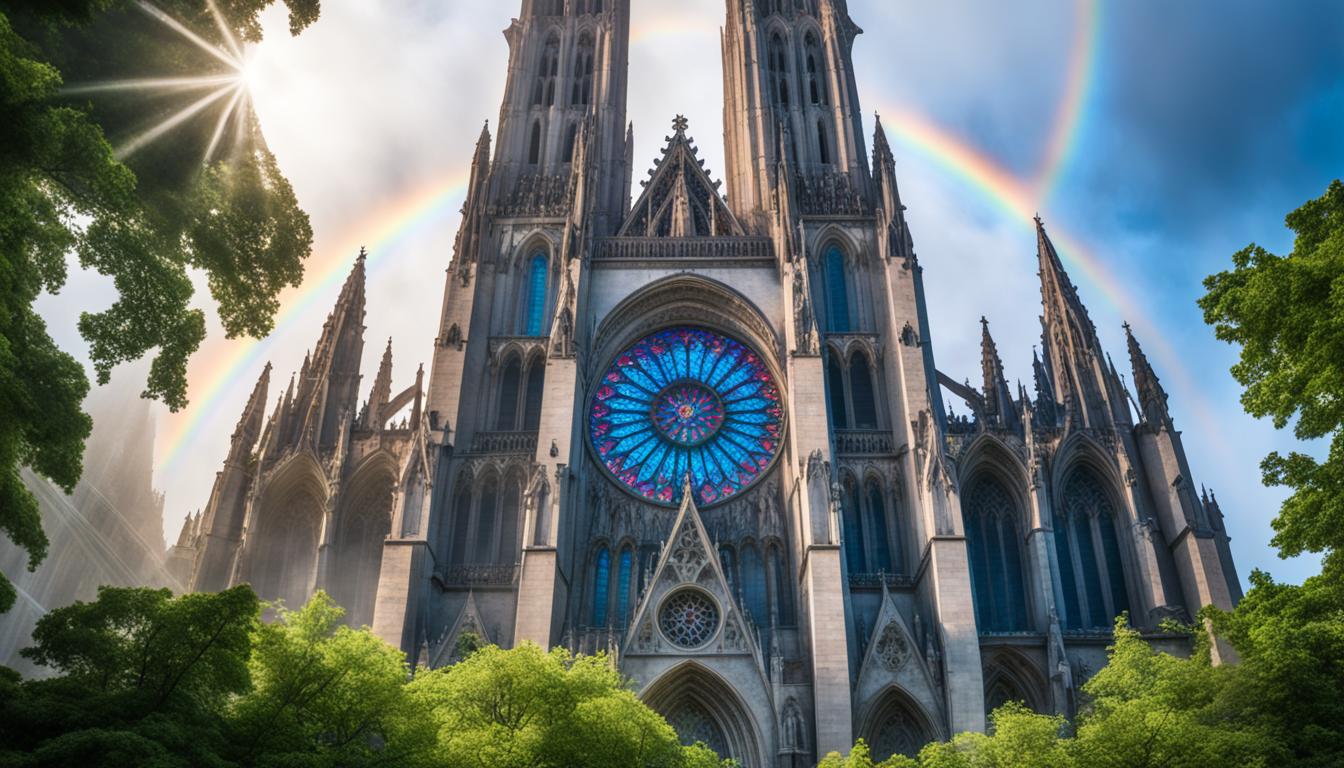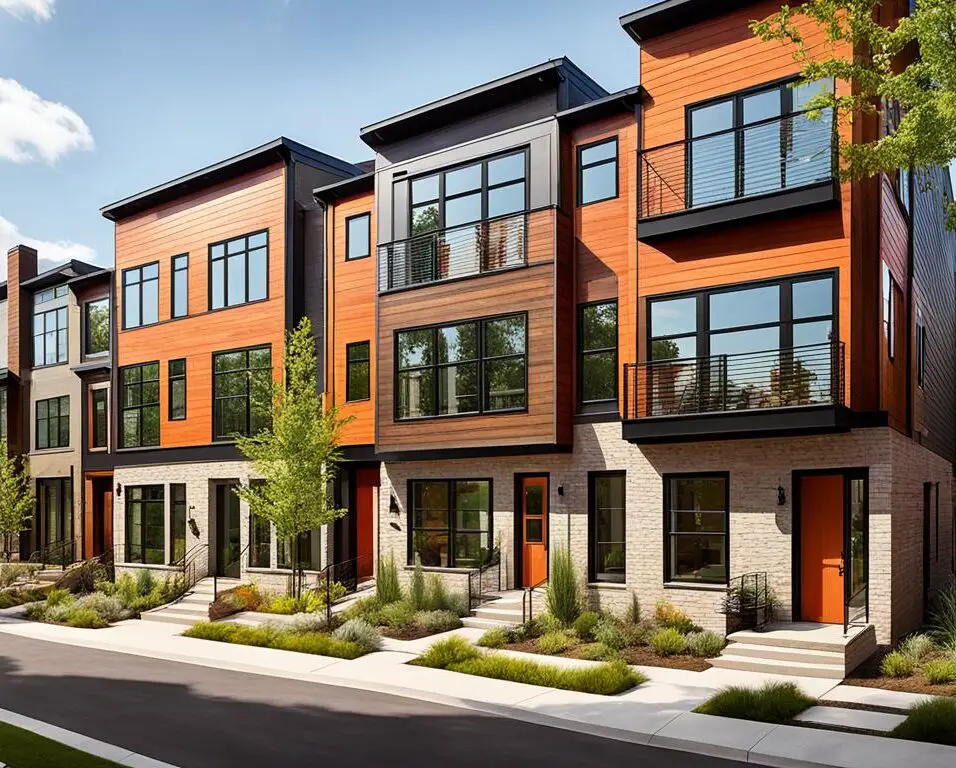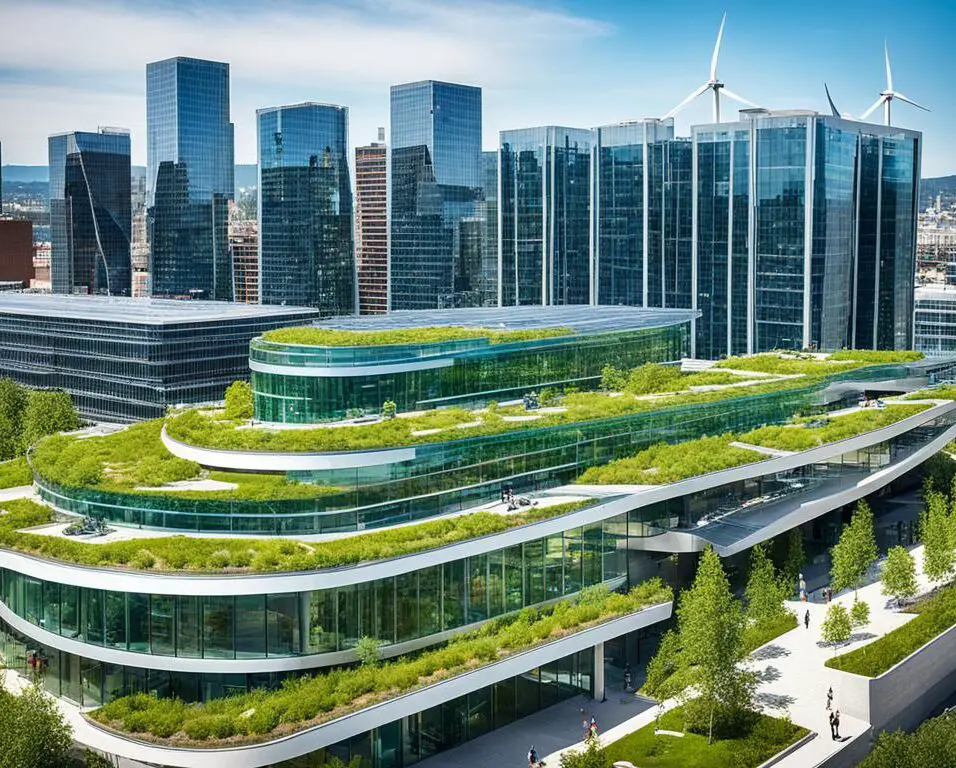Gothic Architecture Features That Still Captivate Today
Gothic architecture is renowned for its timeless beauty, grandeur, and history’s artistry. From its origins in 12th century France, this architectural style quickly spread throughout Europe, leaving a lasting impact that continues to captivate people today.
The iconic features of Gothic architecture include intricate details, pointed arches, ribbed vaults, and towering spires. Buildings such as Notre-Dame in Paris and the Cologne Cathedral in Germany showcase the magnificence of this style. The delicate tracery of stained glass windows, the ornate stone carvings, and the soaring heights of the nave all contribute to the awe-inspiring atmosphere of these structures.
These architectural masterpieces are a testament to the skill and artistry of the craftsmen of the time. Their work continues to inspire architects and designers around the world, serving as a reminder of the power of human imagination.
Key Takeaways:
- Gothic architecture features timeless beauty and grandeur.
- It originated in 12th century France and quickly spread throughout Europe.
- Key elements include pointed arches, ribbed vaults, and flying buttresses.
- Stained glass windows contribute to the unique ambiance of Gothic buildings.
- Gothic architecture’s influence can be seen in modern architecture and design.
Key Elements of Gothic Architecture
When it comes to Gothic architecture, there are several key elements that define this iconic style. From the soaring heights of pointed arches to the intricately designed stained glass windows, each element contributes to the awe-inspiring beauty of Gothic buildings.
Pointed Arches: Creating Verticality and Movement
Pointed arches are one of the most distinct features of Gothic architecture. These arches not only provide structural support but also create a sense of verticality and movement. Unlike the rounded arches commonly found in Romanesque architecture, the pointed arches in Gothic buildings give a sense of upward motion, drawing the eye heavenwards.
Ribbed Vaults: Efficiency and Openness
Ribbed vaults are another key element of Gothic architecture. They are a system of interlocking arches that distribute weight more efficiently than traditional barrel vaults. By using ribs to reinforce the vaults, Gothic architects were able to create taller and more open interiors, allowing for the grandeur and spaciousness we often associate with Gothic cathedrals.
Flying Buttresses: Balancing Support and Beauty
Flying buttresses are an architectural marvel of Gothic design. These external supports were used to counteract the outward thrust of the vaults, allowing for larger windows and thinner walls. By distributing the weight of the vaults to these buttresses, Gothic architects were able to create buildings that seemingly defied gravity while still maintaining their structural integrity.
Stained Glass Windows: A Kaleidoscope of Color
One of the most captivating elements of Gothic architecture is the use of stained glass windows. These windows serve as a way to let in natural light while also showcasing intricate designs and vibrant colors. The delicate tracery of the stained glass adds a layer of enchantment, with each window telling its own story and casting a colorful glow upon the interiors of Gothic buildings.
These key elements – pointed arches, ribbed vaults, flying buttresses, and stained glass windows – work harmoniously together to create the unmistakable look and feel of Gothic architecture. They embody the innovation, skill, and artistry of the craftsmen of the time, leaving a lasting legacy that continues to inspire and captivate people around the world.

The Enduring Influence of Gothic Architecture
The cultural significance of Gothic architecture goes beyond its historical context, leaving an enduring influence on modern architecture and design. Today, architects and designers draw inspiration from the verticality and drama of Gothic buildings, which are reminiscent of the towering skyscrapers in our cities. The intricate details and ornamentation found in Gothic architecture have also made their way into contemporary designs, with elements like pointed arches and ribbed vaults being used as decorative features.
During the 19th century, the Gothic Revival movement further solidified the cultural significance of Gothic architecture. This revival breathed new life into the style, bringing it back to popularity and inspiring the construction of magnificent buildings like the Palace of Westminster in London and the revived Notre-Dame Cathedral in Paris. These iconic structures serve as a testament to the enduring appeal of Gothic architecture and its ability to captivate people even in the present day.
Overall, Gothic architecture stands as a symbol of beauty, craftsmanship, and the power of human imagination. Its influence can be seen throughout history, shaping the way we approach design and construction. From the towering skyscrapers of modern cities to the intricate details of contemporary decor, Gothic architecture continues to inspire and captivate people worldwide, making its cultural significance truly enduring.








